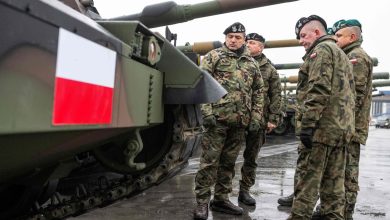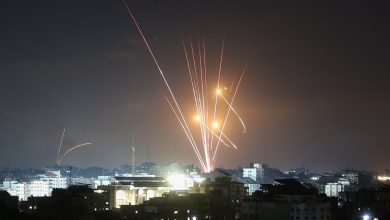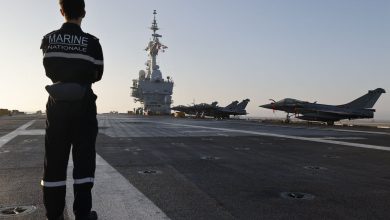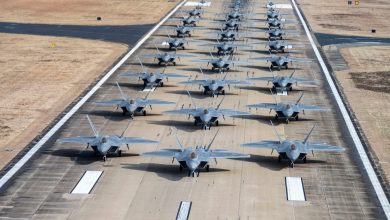Ukraine blinds Russian target seekers with drone-on-drone combat
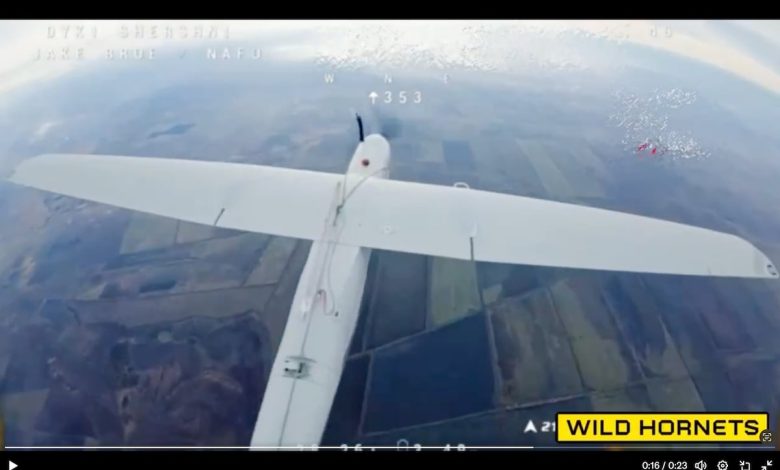
Necessity is the mother of invention, and Ukraine continues to push this adage to new heights of technical and tactical ingenuity in the use of aerial drone technology to fight the Russian invasion.
After having dramatically reshaped the tactical combat on land since their introduction by Ukrainian forces in the spring of 2023, highly maneuverable first-person view (FPV) drones have rapidly become a key asset in Ukraine’s counter-drone efforts as more and more Ukrainian units employ them to intercept Russian fixed-wing reconnaissance drones.
Since May 2024, this author has visually confirmed almost 650 interceptions of this type – mostly taking place at a distance of 1,000-3,000 meters – across the entire frontline using open-source information released by a variety of sources, including social media channels and accounts of Ukrainian units, humanitarian organizations, and more. Similarly, the Tochnyi collective project has recently documented and geolocated more than 850 interceptions of Russian drones by Ukrainian FPVs, further corroborating this trend. The real number of Russian unmanned aerial systems, or UAS, shot down with this technique is likely higher, considering that not all interceptions are recorded or publicly disclosed.
Despite receiving little attention across the mainstream media, Ukraine’s increasingly successful use of FPV drones as C-UAS interceptors is a highly consequential development because it directly removes Russia’s main ISR assets from the battlefield, eroding its forces’ situational awareness as well as ability to detect targets, breaking a key link in the Russian kill-chain.
RELATED
Without sufficient and persistent “eyes” in the sky, Russia struggles to timely and regularly feed target information to its vast fires arsenal. This, in turn, offers Ukraine some respite from both Russian artillery and missile strikes against a variety of targets, including high-payoff ones at operational depth, such as ground-based air defenses and airfields, that Russia typically attacks with Iskander M tactical ballistic missiles.
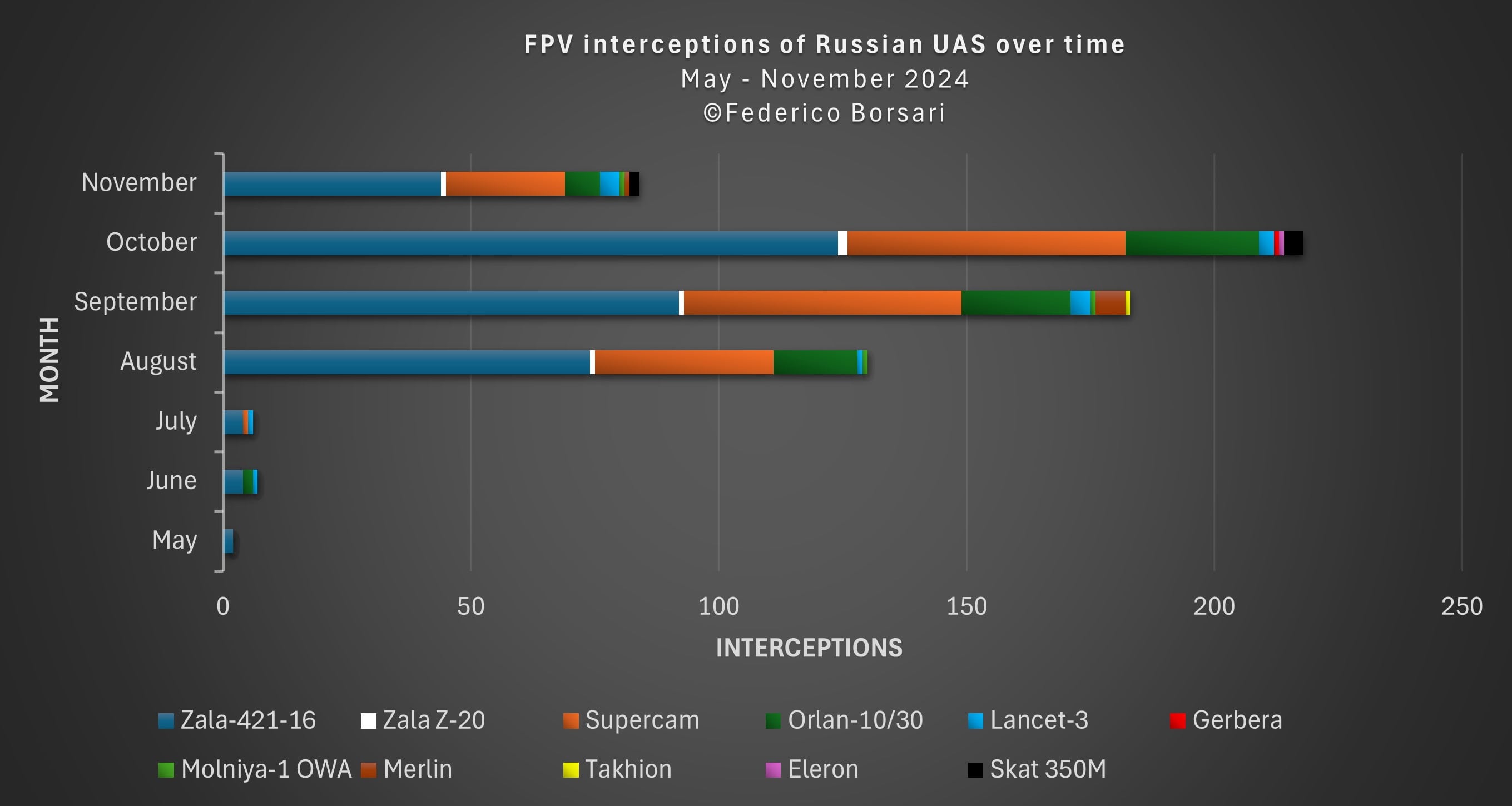
At the same time, fewer drones in the skies negatively affect the use of other strike capabilities such as loitering munitions that directly or indirectly depend on live reconnaissance, rapid target acquisition and signal-relay functions. The progressive reduction in documented Lancet strikes in the past three months seems no mere coincidence, as this infamous loitering munition operates in hunter-killer teams with Zala reconnaissance drones from the same manufacturer. This is good news for Ukrainian formations operating along and near the frontline, in particular artillery units, which have suffered significant losses to Lancet strikes. Ukrainian FPV operators even managed to intercept a few Lancets, with 15 cases visually confirmed by this author.
Equally important, shooting down more Russian ISR drones also blunts Russia’s ability to conduct proper battle damage assessment, an essential task that is often overlooked in discussions.
Another major implication is the cost effectiveness and operational flexibility of using FPV drone interceptors, which are cheaper than any other kinetic solution at Ukraine’s disposal and easy to produce, distribute, and deploy even across a dispersed force. While the concept of using drones to kinetically defeat other drones is not new, Kyiv’s forces have been the first to employ it in real combat and at scale. The demand for FPV drones has never been so high and drone manufacturers such as the Wild Hornets along with many private crowdfunding initiatives are delivering thousands of platforms each month to frontline units.
The skyrocketing use of FPV drones has also fueled unprecedented combat experimentation and tactics refinement, resulting in the establishment of specialized FPV air defense units within several Ukrainian brigades and rapid technological iteration cycles. The flip side is that there is at least one human operator behind any single interception, making it a personnel-intensive process dependent on skilled operators. Flying an FPV drone requires extensive training and practice, particularly when conducting high-speed maneuvers or engaging moving targets.
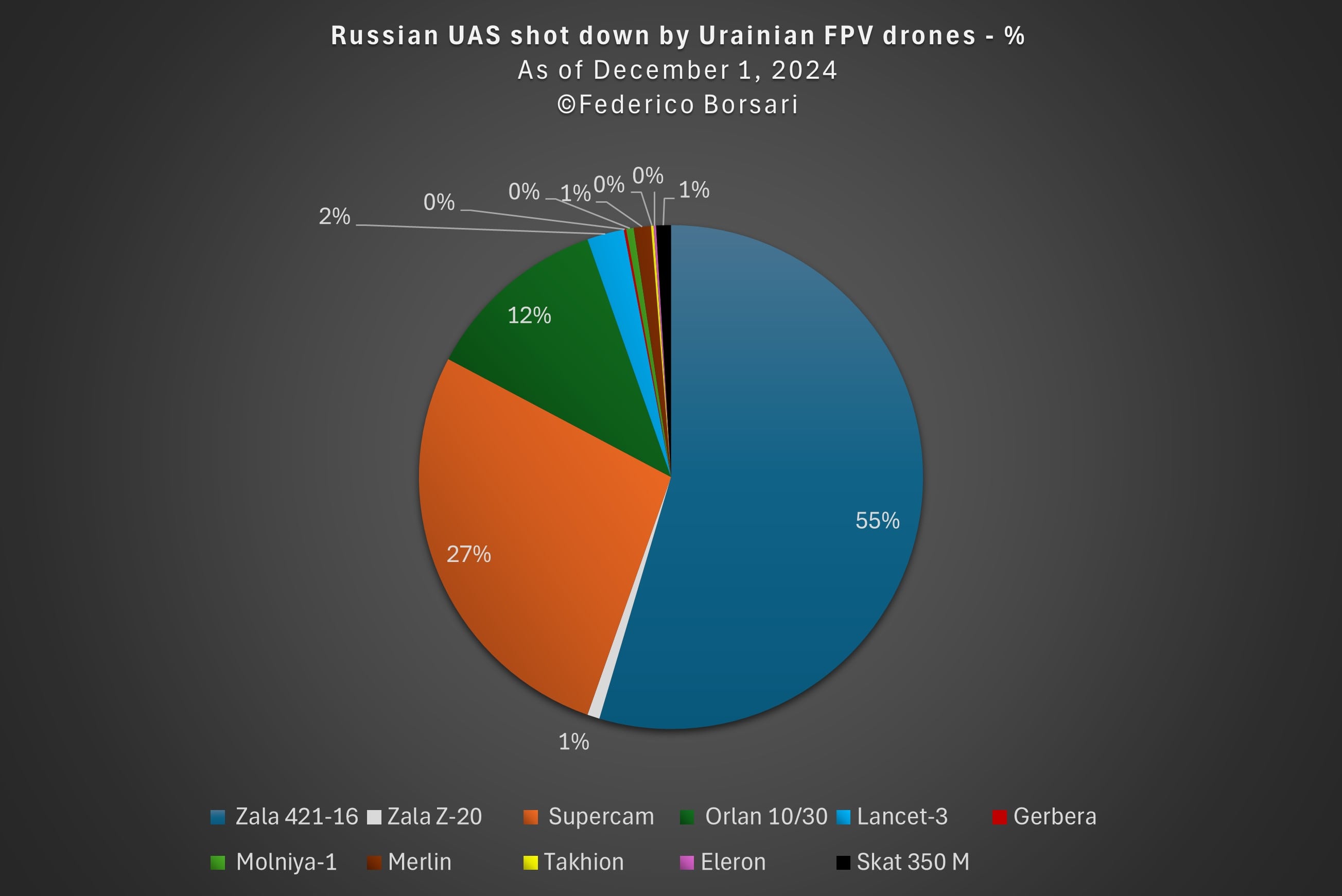
This is where automated terminal guidance should come into play to significantly expedite and improve the last-mile engagement process. Ukrainian forces are already using automated tools to detect, identify, and track Russian ISR drones, but they now need to integrate scalable AI-enabled computer vision in the terminal phase as Russia deploys more UAS. Such capabilities will also make the FPV drone more resilient against electronic warfare.
NATO and individual allies should take stock of these technological and tactical innovations and invest in drone-based, cost-effective interceptors to complement their C-UAS capabilities.
The analysis of collected data also provides some interesting insights into Russia’s drone capabilities and use as part of its current operations.
RELATED
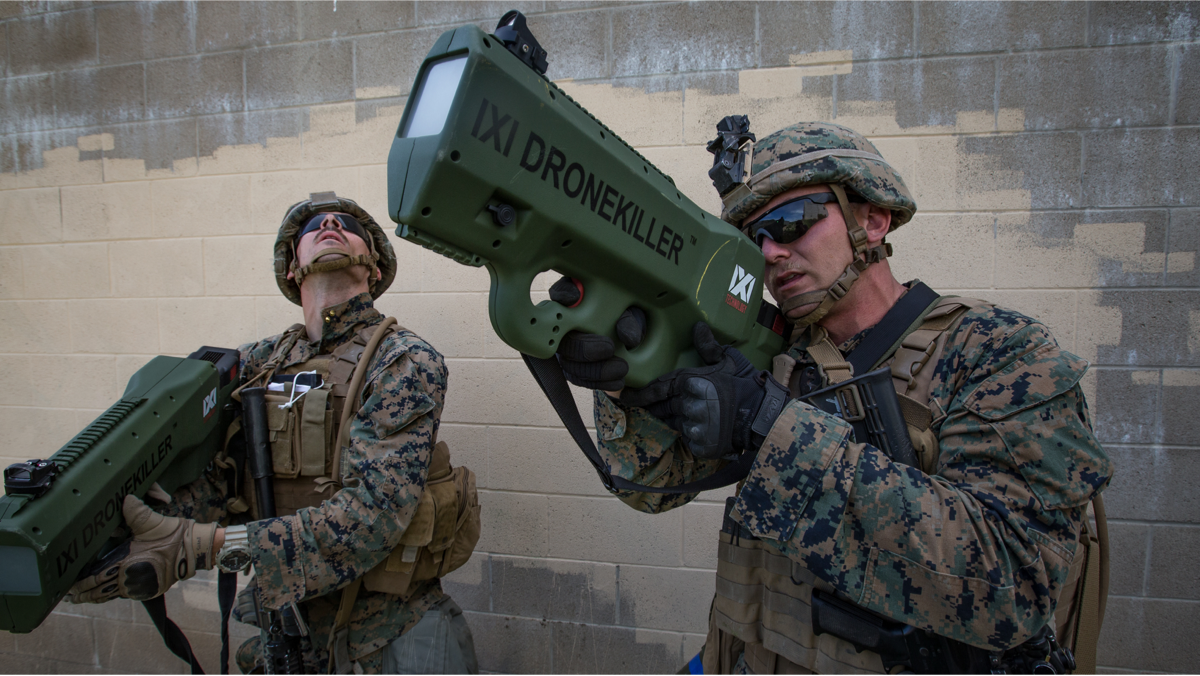
First, the Russian military relies on a largely standardized fleet of medium-size reconnaissance UAS for its tactical and operational ISR, centered around three main fixed-wing platforms: the Zala 421, the Supercam 350, and the Orlan family, which comprises the Orlan 10 and 30 variants. The Zala 421 accounts for the vast majority of Ukraine’s FPV-based interceptions (54%), making this model the new workhorse of Russia’s ISR drone fleet, followed by the Supercam (28%) and Orlan 10/30 (12%) family of systems. This standardized approach facilitates drone production on an industrial scale – much larger than the volumes any Western country is currently manufacturing – simplifies training and logistics, and reduces the likelihood of interoperability issues across the Russian military. In this respect, it’s hard not to appreciate the lesson for the United States and NATO allies.
Second, the Russian forces are not standing idly by and are starting to mimic Ukrainian solutions – albeit on a much smaller scale – while also taking precautions to protect their ISR drones from Ukrainian FPVs. Their countermeasures, however, seem to have little success so far. These range from simple camouflage and fake Ukrainian color schemes to more sophisticated tools such as small radio-frequency jammers installed on drones in order to disrupt the video link between the operator and the FPV interceptor as it approaches the Russian UAS. The Russians are also equipping some of their drones with rear-looking wide-angle cameras to detect incoming Ukrainian FPV drones and give the pilot enough time to use evasive maneuvers to avoid the interceptor and escape using its longer endurance. Still, Ukrainian counter-tactics are also evolving and include the launch of tandem interceptors to maximize chances of success and attack Russian drones with fast-ascending maneuvers from below to remain outside the drone cameras’ field of view.
Ukraine’s current advantage in the use of FPV drones is proving critical but may be short-lived as Russia develops new countermeasures.
Federico Borsari is a resident fellow in the Transatlantic Defense and Security program at the Center for European Policy Analysis.
Read the full article here


